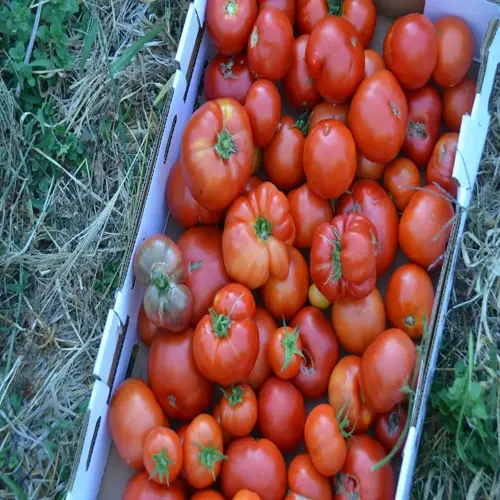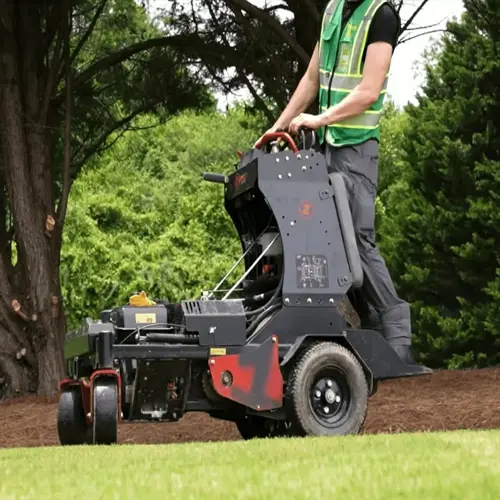How can I identify problems with my tomato plants?

Written by
Kiana Okafor
Reviewed by
Prof. Martin Thorne, Ph.D.Identifying issues with tomato plants begins with careful observation. Look closely at the leaves daily for any changes in color or spots. Inspect the fruit for any surface blemishes or signs of decay. Check stems for lesions or oozing sap. Keep track of environmental variables, such as temperature, humidity, and wind, as well as any rainfall. I like to keep a garden journal to track potential trends in weather, plant growth, and various pest and disease issues. The sooner the plants are monitored, the less chance there is of severe crop loss.
Leaf Issues
- Yellow edges: Potassium deficiency
- Brown spots with halos: Bacterial infection
- Powdery white coating: Fungal mildew
- Curling during heat: Environmental stress
- Purple tint: Phosphorus shortage
Fruit Problems
- Sunken black bottoms: Blossom end rot
- Radial cracks: Drought recovery growth
- Soft spots: Fungal infection
- Deformities: Temperature extremes
- Stunted size: Nutrient imbalance
Examination of the stem and root can reveal some concealed problems. Cut the stem on a diagonal to inspect for healthy vascular tissue. Brown streaks indicate the plant may have wilt diseases. Distended roots are potential evidence for nematode damage. Dig out around the base carefully. Healthy roots should be firm and white in color. I like to use a hand trowel to inspect plants once a week.
Environmental conditions mimic disease symptoms. For example, leaf curl caused by heat waves is a normal condition resulting from stress. Alternatively, purple leaf color in cold soils may be a symptom of a temperature issue. It's crucial to compare the symptoms before and after the environment has changed. I take pictures of my plants weekly to make comparisons. This helps to distinguish between diseases and time-sensitive conditions.
Utilize magnifying tools for precise diagnosis. A 10x hand lens can show small pests such as aphids. Always inspect the underside of leaves, where issues often originate, as a plant is unlikely to have a pest issue on the topside of the leaves. I use a pocket microscope in my gardening kit. I also take photos of what I find on my phone. I can easily send those images to the local extension services to validate my findings.
Read the full article: 10 Common Tomato Diseases and Prevention Tips

